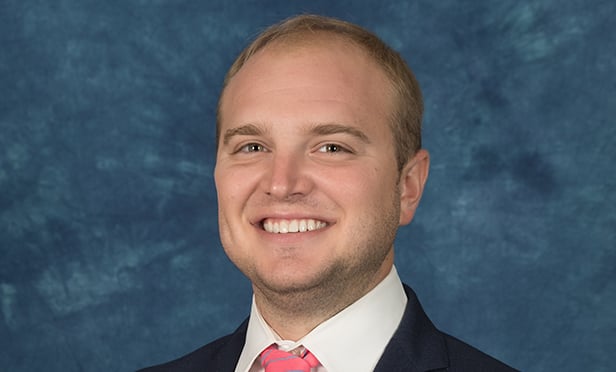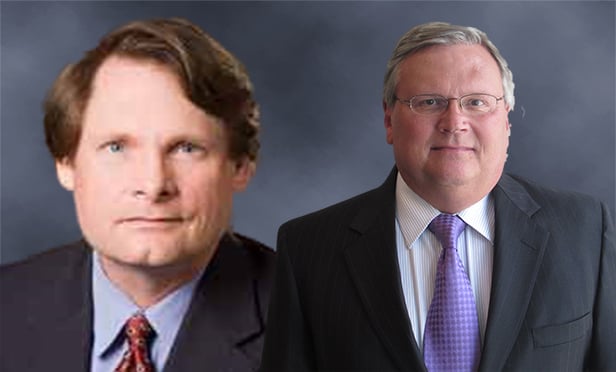NEW YORK CITY-Eco-friendliness may have come to the legal sector a bit later than other industries, yet high-profile examples such as Nixon Peabody’s appointment of a chief sustainability officer and Proskauer Rose’s pursuit of LEED Gold certification for its 406,000-square-foot space at 11 Times Square demonstrate that law firms are catching up. CB Richard Ellis says in a report issued Tuesday that 49 of the Am Law 100 firms—as ranked by the American Lawyer, sister organization to GlobeSt.com—have a stated environmental program, and 11 are pursuing or have achieved LEED certification in at least one office location.
The ways in which top law firms come to sustainability vary, as do their reasons for going green. Extending a firm’s brand identity is one element, “but there are numerous benefits that they’re tapping into,” Sally Wilson, CBRE’s global director of environmental strategy, tells GlobeSt.com.
One factor is increasing requests from law firms’ clients to disclose “what sustainability means to them and how they’re leveraging that in their business,” says Wilson. “Secondly, especially among larger law firms, they’re finding financial benefits from investing in more energy-efficient space. On the branding side, clearly it’s good for recruiting and retention, especially among younger attorneys.” Law firms also see it as a means for boosting employee productivity and morale, according to CBRE’s report.
Although it’s left to a handful of firms to be leaders in this area, even to the extent of influencing and guiding their clients, “I do think it’s becoming more mainstream, especially among the Am Law 100 and 200,” Wilson says. Even so, she notes, only a handful of firms have had ongoing sustainability programs for the past five years or more. “In many cases, corporate America has been doing it much longer,” adds Wilson.
Part of that lateness to the sustainability party stems from the “relatively conservative” nature of law firms and how this paradigm translates into office occupancy requirements, according to the CBRE report, “Law Firms Build a Case for Green: Recent Trends in Law Firm Sustainability Practices.” Private offices have long been the norm, due in part to the inherent confidentiality of legal practice, and space occupancy tended to go hand in hand with “significant file storage and library requirements, office finishes intended to reflect the firm’s august image and nearly 24/7 workplace accessibility.” The frequent result was “heavily segmented and inefficient” space, the report states.
More recently, though, there’s been a shift to more open floor plans, and a decrease in space requirements: from an average of 800 to 1,000 square feet per attorney to current allocations of 500 to 700 square feet, says CBRE. These and other trends have given law firms more leeway to bring sustainability into office design.
One way that plays out is via intelligent lighting design, a common sustainability practice that CBRE says “can be particularly applicable in law firm space.” In renovating its LEED Gold Chicago offices, Nixon Peabody gutted its space, creating “a blank slate for a design-based approach to energy efficiency.” The strategy demonstrated that “standardizing office sizes helps unify corridors, and adding natural or other lighting at corridor ends improves light balance,” according to CBRE’s report.
The report notes that “improved systems and technology are only as effective as the humans who use them,” and therefore sustainability programs need to contain an awareness and education component. “Many firms have implemented a cultural change management approach to educate employees and encourage behavioral changes where necessary.”
© Touchpoint Markets, All Rights Reserved. Request academic re-use from www.copyright.com. All other uses, submit a request to [email protected]. For more inforrmation visit Asset & Logo Licensing.







